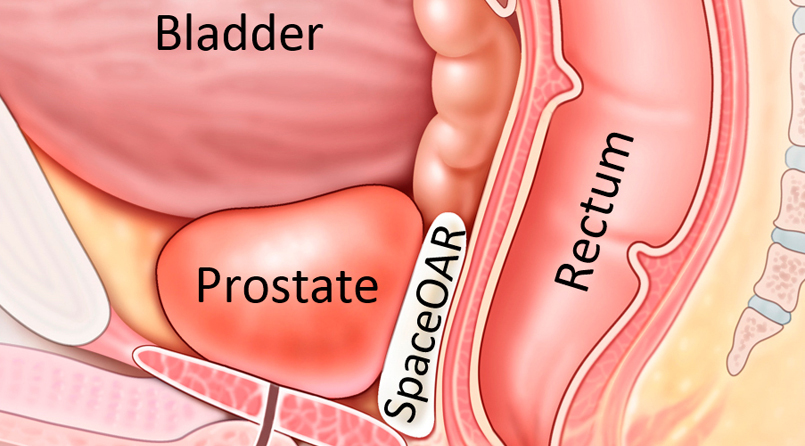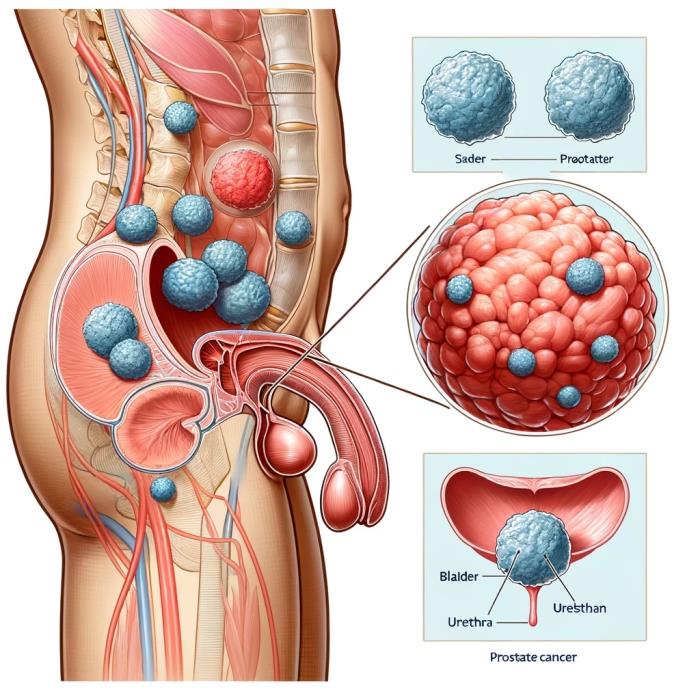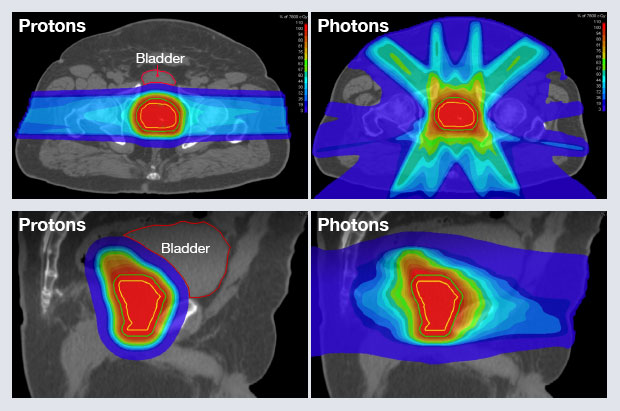Examine This Report on Best Prostate Cancer Doctor
Examine This Report on Best Prostate Cancer Doctor
Blog Article
Reliable Prostate Cancer Cells Treatment Alternatives for Male
Prostate cancer is a widespread issue among guys, with treatment alternatives differing depending on the phase and aggressiveness of the condition. While surgical procedure remains a key therapy technique, there are additionally alternate methods such as radiation treatment, hormonal agent treatment, and immunotherapy that have revealed appealing results. Furthermore, methods like careful waiting and energetic monitoring are acquiring acknowledgment for their role in taking care of prostate cancer. Recognizing the nuances of these therapy options and their effectiveness is crucial for making educated choices regarding one's health and wellness and health.
Surgical Treatment as Treatment Option
Surgical treatment stands as a primary treatment choice for prostate cancer cells individuals in instances where the condition is local and surgery is deemed suitable by the health care team. Prostate cancer surgical treatment intends to get rid of the cancerous cells from the prostate gland, either partly (prostatectomy) or entirely (extreme prostatectomy) The decision to go with surgical treatment is normally based on various variables, consisting of the phase of cancer, the patient's general health and wellness, and potential side results.
One common surgical technique is robotic-assisted laparoscopic prostatectomy, which provides accuracy and very little invasiveness compared to conventional open surgical procedure. This method uses robotic arms regulated by the surgeon to remove the prostate gland with boosted dexterity and visualization.
While surgical procedure can be reliable in eliminating local prostate cancer cells, it may entail risks such as urinary system incontinence and impotence. Clients considering surgical treatment needs to take part in detailed conversations with their medical care providers to weigh the advantages and prospective downsides of this therapy choice.
Radiation Treatment for Prostate Cancer
Having actually explored the function of surgical procedure in dealing with local prostate cancer cells, the emphasis now changes to reviewing radiation treatment as one more essential treatment technique for this illness. Radiation treatment uses high-energy rays to damage and target cancer cells in the prostate gland. There are two key types of radiation therapy frequently used for prostate cancer cells: external beam of light radiation and brachytherapy.
Outside beam of light radiation involves guiding radiation from a device outside the body in the direction of the prostate. This approach is usually provided daily over several weeks. On the other hand, brachytherapy includes putting contaminated seeds directly into the prostate, supplying radiation from within. This approach permits a more targeted dosage of radiation to the lump while lessening direct exposure to bordering healthy and balanced cells.
Radiation treatment can be a standalone treatment for localized prostate cancer or made use of in mix with other treatments, such as surgical treatment or hormonal agent therapy, depending on the stage and aggression of the cancer cells. Best prostate cancer hospital in India. Usual side impacts of radiation treatment might include tiredness, urinary system concerns, and digestive tract problems, which are normally short-term and can be handled efficiently
Hormone Treatment in Prostate Cancer Cells
Hormonal agent therapy is an essential therapy technique in taking care of prostate cancer cells, specifically his comment is here in cases where the cancer cells has actually spread past the prostate gland. Prostate cancer cells often rely upon male hormonal agents, such as testosterone, to grow. Hormone treatment, additionally known as androgen starvation treatment, intends to either lower the production of these hormonal agents in the body or obstruct their results on the cancer cells.
There are various types of hormone treatment offered for prostate cancer therapy. Some guys might profit from a mix of these treatments to successfully manage the cancer.
Hormone therapy can aid decrease the development of prostate cancer cells, relieve signs, and improve lifestyle. Nevertheless, it is not a curative treatment and may come with negative effects such as warm flashes, fatigue, and loss of libido. Regular surveillance and discussions with medical care carriers are vital to handle the effects of hormonal agent treatment effectively
Immunotherapy for Prostate Cancer
Immunotherapy has become a promising treatment modality for prostate cancer, using new opportunities for combating the condition. Unlike standard therapies like surgery or radiation, which straight target cancer cells, immunotherapy jobs by taking advantage of the body's body immune system to acknowledge and assault cancer cells.
One form of immunotherapy being explored for prostate cancer cells is checkpoint inhibitors. These medications target healthy proteins that prevent the immune system from attacking and acknowledging cancer cells. By blocking these healthy proteins, checkpoint inhibitors can enhance the immune action versus prostate cancer cells.
One more method involves healing vaccines, which boost the immune system to target certain antigens located on prostate cancer cells. These vaccines can help the body immune system damage and identify cancer cells more properly.


Watchful Waiting and Active Surveillance
In the world of prostate cancer management, especially for situations where aggressive intervention may not be promptly needed, the strategy of watchful waiting and active security plays a significant role. Watchful waiting involves keeping track of the cancer without immediate therapy, stepping in only if the cancer cells shows signs of development. This method is typically thought about for older clients with slow-growing tumors or those with several wellness issues where the dangers of therapy might outweigh the advantages.
Active monitoring, on the other hand, involves routine surveillance via PSA tests, digital rectal tests, and regular biopsies. It is normally advised for clients with low-risk prostate cancer cells to closely track any type of modifications in the cancer cells's behavior. Treatment options can be reassessed. if there are signs of the cancer cells coming to be extra hostile.
Both watchful waiting and energetic surveillance aim to avoid unnecessary treatments and their potential negative effects, such as urinary system incontinence and impotence, while guaranteeing timely treatment if the cancer proceeds. These strategies supply an equilibrium in between handling the cancer effectively and protecting the person's lifestyle.
Conclusion

Prostate cancer cells surgery intends to remove the malignant cells from the prostate gland, either partly (prostatectomy) useful link or totally (radical prostatectomy)Having actually explored the role of surgical procedure in treating local prostate cancer cells, the emphasis now moves to talking about radiation treatment as another vital treatment technique for this disease.Hormone treatment is an important therapy technique in handling prostate cancer, particularly in cases where the cancer cells has actually spread out beyond the prostate gland. Careful waiting includes keeping track of the cancer cells without immediate treatment, stepping in just if the cancer reveals indicators of development. It is commonly recommended for individuals with low-risk prostate cancer to closely track any type of modifications in the cancer's actions.
Report this page